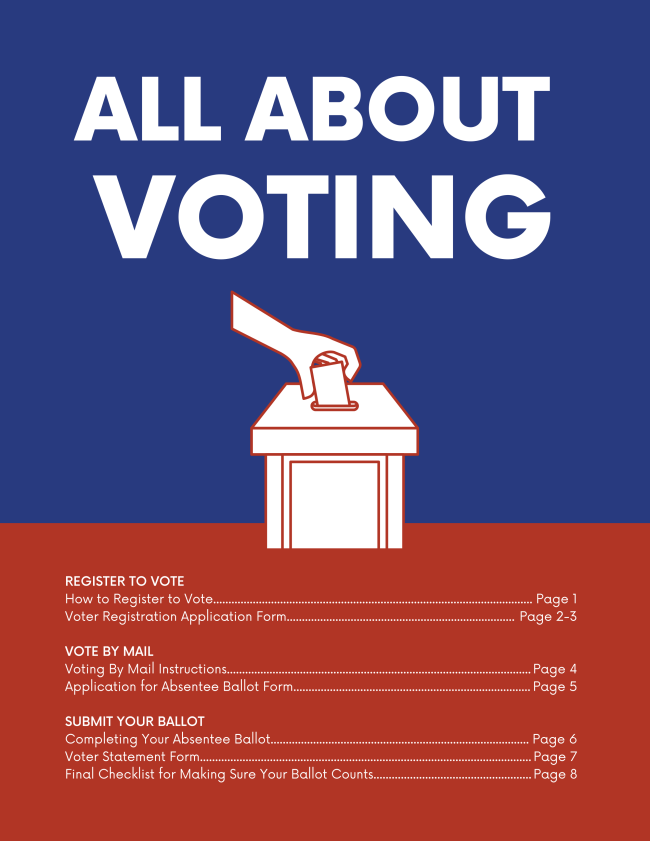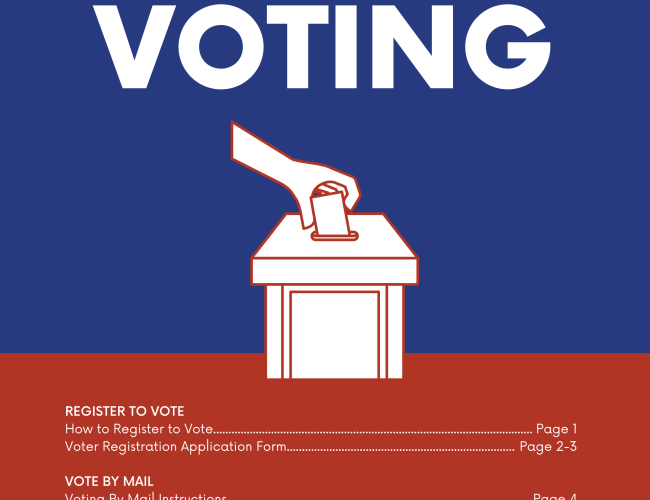Participating in elections is one of the most important civic duties, but knowing how to locate your voting center can sometimes be confusing. Whether you're voting for the first time or need to update your polling location, this guide will walk you through every step of the process. From understanding the basics to utilizing online resources, we'll ensure you're fully prepared for election day.
As democracy continues to evolve, ensuring that every citizen has access to accurate information about voting centers is crucial. This guide aims to simplify the process and empower you with the knowledge to participate effectively in your local elections.
By the end of this article, you'll have a clear understanding of how to locate your voting center, what documentation you'll need, and how to handle any issues that may arise. Let's dive in!
Read also:El Siri Gore Exploring The Dark Side Of Digital Assistants
Table of Contents
- Understanding Voting Centers
- Step 1: Check Your Voter Registration Status
- Step 2: Use Online Voter Tools
- Step 3: Contact Local Election Offices
- Step 4: Verify Polling Location Information
- Step 5: Prepare for Election Day
- Additional Tips for Voting Success
- Common Challenges and Solutions
- Useful Resources for Voters
- Conclusion
Understanding Voting Centers
A voting center is a designated location where eligible voters cast their ballots during elections. These centers are strategically placed to ensure accessibility and convenience for all citizens. Understanding the role and importance of voting centers is essential for a successful voting experience.
Why Voting Centers Matter
Voting centers play a crucial role in the democratic process. They provide a secure and organized environment for citizens to exercise their right to vote. By locating your voting center ahead of time, you can avoid last-minute confusion and ensure a smooth voting experience.
Step 1: Check Your Voter Registration Status
Before you can locate your voting center, it's important to confirm that you're registered to vote. Voter registration requirements vary by state, so understanding your specific situation is key.
- Visit your state's official election website to verify your registration status.
- Use the National Association of Secretaries of State (NASS) website to find your state's election office.
- Ensure all your personal information, such as your address, is up to date.
Step 2: Use Online Voter Tools
Many states offer online tools to help voters locate their polling places. These tools are user-friendly and provide detailed information about voting centers.
Popular Online Voter Tools
Some of the most reliable online resources for locating your voting center include:
- CanIVote.org
- USA.gov
- Your state's official election website
These platforms often require you to input your address or zip code to retrieve accurate polling location details.
Read also:Art Terkeurst Net Worth An Indepth Look Into His Financial Success
Step 3: Contact Local Election Offices
If you prefer a more direct approach, contacting your local election office can provide personalized assistance. These offices are staffed with professionals who can guide you through the process of locating your voting center.
How to Contact Election Offices
Here are some tips for reaching out to your local election office:
- Find contact information on your state's election website.
- Call during business hours for faster responses.
- Ask specific questions about your polling place and any special accommodations you may need.
Step 4: Verify Polling Location Information
Once you've identified your voting center, it's important to verify the information. Double-checking ensures that you have the correct address and hours of operation.
Key Details to Verify
When verifying your polling location, make sure to confirm the following details:
- Address and directions
- Opening and closing times
- Parking availability
Additionally, check if there are any changes to your polling location due to unforeseen circumstances, such as construction or natural disasters.
Step 5: Prepare for Election Day
Preparation is key to a stress-free voting experience. Knowing what to expect and what to bring can make a significant difference on election day.
What to Bring to Your Voting Center
Here’s a checklist of items you should bring to your polling place:
- Valid identification (if required by your state)
- Registration confirmation (if applicable)
- A list of candidates and ballot measures you wish to vote for
By being well-prepared, you can minimize wait times and ensure your vote is counted accurately.
Additional Tips for Voting Success
Beyond locating your voting center, there are several strategies to enhance your voting experience. These tips can help you navigate the process more effectively.
Plan Your Visit
Consider the following when planning your trip to the voting center:
- Arrive early to avoid long lines.
- Check for any updates or changes to your polling location on election day.
- Bring snacks or drinks if you anticipate a long wait.
Common Challenges and Solutions
While locating your voting center is generally straightforward, challenges can arise. Here are some common issues and how to address them:
Issue: Polling Location Not Found
If you're unable to find your polling location, try the following solutions:
- Double-check your address and zip code.
- Call your local election office for assistance.
- Visit a nearby polling place for guidance.
Useful Resources for Voters
Several organizations and websites provide valuable resources for voters. These platforms can help you stay informed and prepared for election day.
Top Voter Resources
- USA.gov – Comprehensive voter registration and polling information.
- CanIVote.org – A one-stop-shop for voter information.
- National Association of Secretaries of State – Official state election resources.
Conclusion
Locating your voting center doesn't have to be a daunting task. By following the steps outlined in this guide, you can confidently identify your polling place and prepare for election day. Remember to check your voter registration status, utilize online tools, and contact your local election office if needed.
We encourage you to take action by sharing this guide with friends and family. Your participation in the democratic process matters, and every vote counts. If you have questions or feedback, please leave a comment below. Together, we can ensure that every voice is heard!


